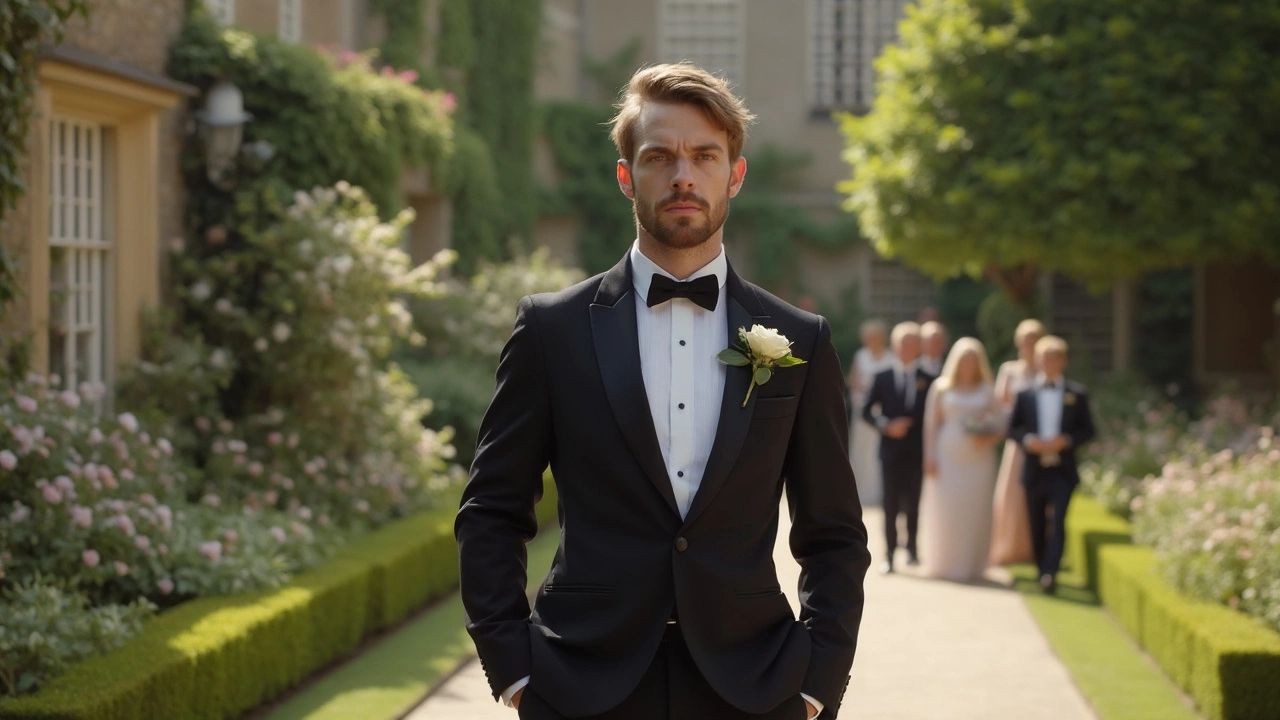Men's Formalwear Made Simple: Your Go‑To Wedding Outfit Guide
Picking what to wear on the big day can feel overwhelming, especially for the groom and his crew. The good news? You don’t need to be a fashion expert to look sharp. This guide breaks down the basics of men’s formalwear so you can decide quickly, stay on budget, and feel confident walking down the aisle.
Fit Comes First
The most important part of any suit or tuxedo is how it fits. A well‑fitted jacket should hug your shoulders without feeling tight, and the sleeves should show about a half‑inch of shirt cuff. Pants need a clean break at the shoe and shouldn’t gap at the waist. If you’re not sure about the fit, bring a friend to the fitting or ask the salesperson for a quick alteration. A small tweak can turn a decent look into a polished one.
Choosing the Right Style
Traditional tuxedos—black jacket, satin lapels, and a bowtie—are timeless for formal evening weddings. If the ceremony is during the day or set in a more relaxed venue, a navy or charcoal suit works great. Consider the wedding theme: a beach wedding might call for a light‑grey linen suit, while a historic manor fits a classic black tux. Remember, you can mix and match pieces; a tuxedo jacket with slim trousers keeps things fresh.
When it comes to shirts, a crisp white dress shirt is a safe bet. For a pop of personality, try a subtle texture like a twill or a faint stripe. Cuffs should be French‑cut if you plan to wear cufflinks; otherwise, stick with barrel cuffs. Speaking of cufflinks, they add a personal touch without being over the top—think simple metal or a small emblem that matches your wedding theme.
Accessories can make or break the look. A well‑chosen tie or bowtie should complement, not clash with, your suit color. Dark solid colors work for most suits; if you want a pattern, keep it narrow and subtle. Pocket squares add a splash of style—ask the photographer’s opinion, but a white square is always classy.
Don’t forget shoes. Black leather Oxfords or patent leather shoes pair perfectly with tuxedos. For suits, brown or burgundy brogues can add a relaxed vibe. Break them in before the wedding day to avoid sore feet.
Finally, think about rental versus buying. Renting is cost‑effective if you won’t wear the outfit again, and most rental shops include a full fitting and basic accessories. Buying is smarter if you plan to reuse the suit for future events or want a keepsake. Look for sales in the off‑season; you can often snag a high‑quality suit at a fraction of the price.
To sum up, focus on fit, choose a style that matches the venue, keep accessories simple, and decide early whether to rent or buy. With these basics in place, you’ll look polished, feel comfortable, and enjoy the celebration without worrying about your outfit.

- May, 7 2025
- Comments 0